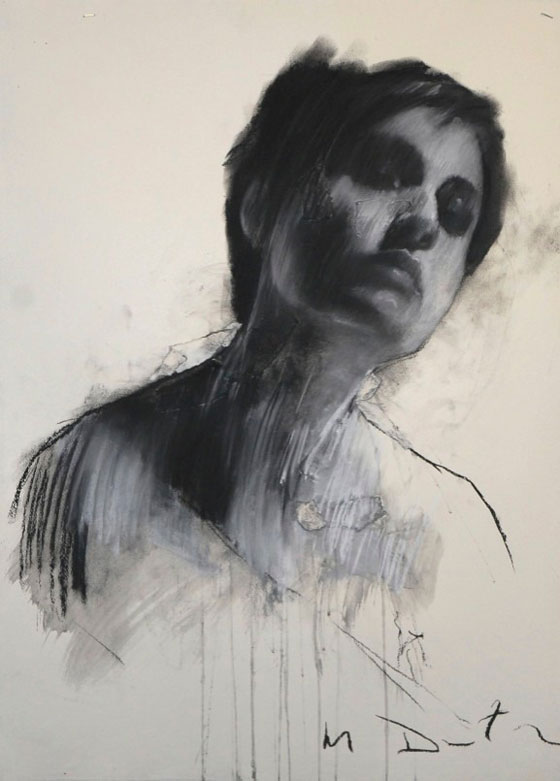
At Frieze London that year, three of her works sold within hours of the fair opening. In 2017 she was awarded the Woon Art Prize, and in 2019 she was given a solo show at the Baltic Centre for Contemporary Art. Why: Labinjo is still a student, studying for an MFA at Oxford University’s Ruskin School of Art, but her irreverent paintings have already received a great deal of attention. More recently, she has been working with digital images, overlaying photographs from Instagram and furniture websites to recount her journey as a young, black female growing up between Lagos, Nigeria, and England in the 1990s and 2000s. She used household, acrylic and oil paints to apply blocks of colour and create a collage-like effect that reflected the boldness of African textiles. 1994) began working up old family photographs into large, figurative canvases. Who: While studying for her BFA at Newcastle University in the north-east of England, Joy Labinjo (b. Where: Salman Toor: How Will I Know, Whitney Museum of American Art, New York, USA, until 4 April 2021 I Know a Place: Salman Toor, Nature Morte, New Delhi, India, 2019-20 Salman Toor: Time After Time, Aicon Gallery, New York, USA, 2018 Last December, his 2015 work Rooftop Party With Ghosts 1 sold for more than eight times its low estimate at Christie’s in New York. The Whitney also acquired three of Toor’s paintings for its permanent collection, and within months others began to appear at auction in London and New York. He was hailed as a new star of figurative art, with New York Times critic Roberta Smith saying his paintings ‘pluck at your heart strings’. Why: In 2020, Toor’s thick, confident strokes, lurid palette (featuring prolific amounts of arsenic green) and rousing depictions of social isolation won him a solo show at New York’s Whitney Museum. His work turned to the subject of life as a queer Asian in America in around 2015. In 2006 he enrolled at the Ohio Wesleyan University to study art, and in 2009 he graduated from his MFA programme at New York’s Pratt Institute. Who: Born in Lahore, Pakistan, in 1983, the painter Salman Toor started his career fusing the South Asian styles of figurative artists such as Amrita Sher-Gil and Bhupen Khakhar with elements of Baroque, Rococo and Neoclassical art that he had gleaned from books. Where: Nicole Eisenman - Giant Without a Body, Astrup Fearnley Museet, Oslo, Norway, opening soon Nicole Eisenman: Where I Was, It Shall Be, Hauser & Wirth, Somerset, UK, 2020-21 Nicole Eisenman: Sturm und Drang, The Contemporary Austin, Texas, USA, 2020

Her submission was described by ARTNews as ‘the standout entry’. She also had her third show at the Whitney Biennial, having previously exhibited there in 19.


Her annus mirabilis, however, was 2019, when she signed a representation contract with Hauser & Wirth, smashed her auction record by selling a work for £639,000, and was selected to show at the 58th Venice Biennale. In 1996 she was awarded a Guggenheim Fellowship and in 2013 she won the Carnegie International Prize. It was given to her because she had ‘restored to the representation of the human form a cultural significance that had waned during the ascendancy of abstraction in the 20th century’.Įisenman’s figurative works had brought her acclaim well before that. Why: Figuration was unfashionable when Eisenman started out, but in 2015 she received a surprise phone call announcing that she was being awarded a MacArthur Fellowship - also known as a ‘Genius Grant’ - worth $625,000.


 0 kommentar(er)
0 kommentar(er)
